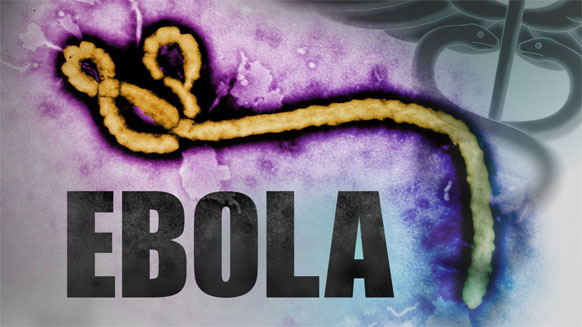Ebola: A Briefing
There are two main reasons why the Ebola outbreak in West Africa has become so overwhelmingly rife. The first has to do with the travel patterns of bats across the African continent; the second, recent weather patterns in the region. Informing oneself with the origins of the Ebola virus, where it started, to where it spread to, and so on, is important and definitely time well spent. The said knowledge can in turn provide the necessary information to develop an antidote. However, because we are still in the early stages of fact gathering, any expectation to come up with a cure right away would be impetuous and not in accordance with reason. For now, we can only share with the world the little information we have gathered, and that information mainly has to do with the history of the virus. Our doctors at Doctors Clinic Houston are putting in extra hours to find out what can be done to obviate any potential Ebola outbreaks.
The Ebola outbreak started out in Guinea, and, shortly after its emergence, spread to the neighboring countries of Liberia and Sierra Leone. Sadly, an incredibly dangerous virus has emerged in the region of the world that is arguably the least prepared for it.
The Ebola virus has five species, and each has resulted in outbreaks in different regions. Experts were absolutely shocked to discover that the most noxious Ebola virus of all wasn’t the one that originated in Guinea, but the one that originated in Zaire. This Zaire Ebola virus is the culprit that is even striking fear into the eyes of those in the western world. It has killed up to 90 percent of those infected with it. And it is showing absolutely no signs of slowing down.
For now, all we can do is continue our research – assiduously and with a commitment to reason and evidence.

